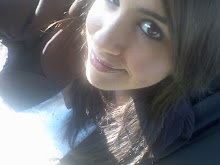Summary: Rich Maloof explains how when asking a child to describe the primary sense that most of them will tell you the sensory organs-eyes, ears, nose, skin, and tongue-that help us organize and navigate the world around us. He describes how a Synesthetes sees colors when hearing sounds or associates taste to different objects. Like a low toned object could be a dark purple or houseboat could taste like a glazed doughnut. But he recently found that Synesthetes can also hear motion. He explains that a neurobiologist did a study on a few college kids and found out that one of the students had the disorder when he asked “Did anyone else hear something when you look at that?” The neurobiologist believes that the eyes predict what you will hear in a normal brain but in a synesthesia brain the person hears the motion right as they see the object. Maloof also describes synesthesia as being like a acid high, like being enveloped in swirling colors as music plays.
Connection: I think this article will help me show various ways that the Synesthete’s brain works and how differently they perceive senses than people who don’t have synesthesia. He gives good examples about how they would see different tones and pitches and how they associate different objects with taste. It also shows recent findings in people with synesthesia, which is some of them being able to hear motions.
Maloof, Rich. "The Mysteries of Synesthesia." MSN Health & Fitness. 2008. MSN. 6 Apr 2009
Subscribe to:
Post Comments (Atom)

No comments:
Post a Comment